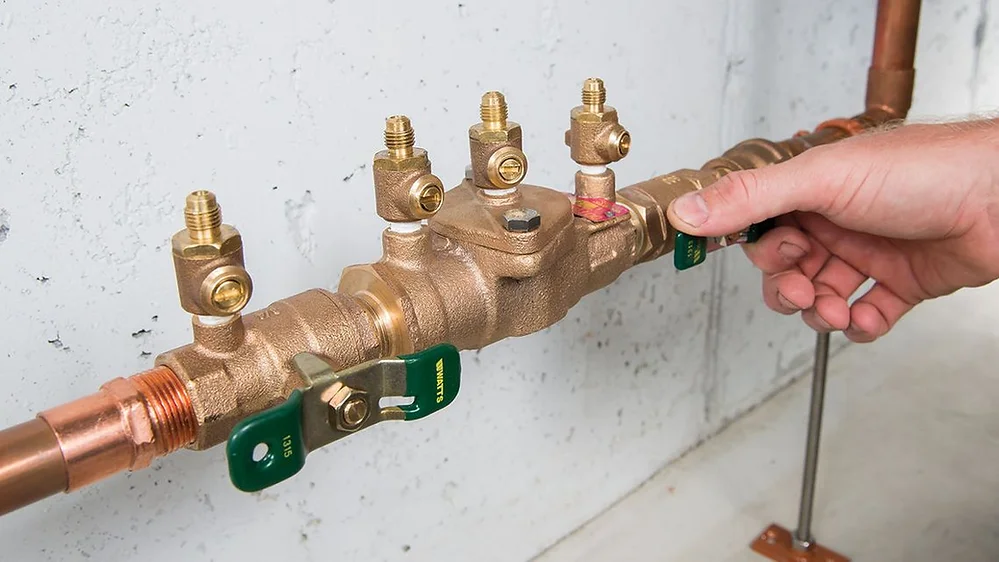Local Family- Owned Plumbing & Drain Service Since 1947.
Local Family- Owned Plumbing & Drain Service Since 1947.

In this plumbing blog post, we discuss backflow preventers and how they work. We are here for all your plumbing and renovation needs.
A backflow preventer is a device plumbers install on your home’s water pipe to prevent contamination. The water should only flow one way, and that is in your home. This device stops water from flowing in the opposite direction back into the main water supply, and that is why we are here; to help keep your drinking water clean and untouched. As residents of Ontario, we are fortunate to have such systems in place to keep our families safe from any potential contaminants in the water.
For example, backflow can happen when there’s a break in the main water line or when a fire hydrant is opened for use. Because pressure is lost during these events, water is no longer being pushed forward into your home and will flow backwards into the city water lines. When this happens, backflow can contaminate the public drinking supply with:
And that’s where a backflow prevention system comes in handy. Let’s take a closer look at how a backflow prevention system works. See Diagram of backflow prevention HERE.
A common example is a garden hose connected to a hose bibb at one end and the other end of the hose lying in a pool, puddle or any other source of non-potable water. Another example would be the makeup water for a hot water heating boiler. The water in these systems can be rusty and oily and could pose a health threat if consumed.
Other common cross-connections found in plumbing and water systems include:
It is important to note that the responsibility for establishing and administering a cross-connection control program is with the individual municipality or water purveyor (authorities). For this reason, there may be differences between the types of cross-connection programs that different authorities may have implemented. For more information on individual programs, you should check with your respective municipality or supplier of water.

Tell us the details of your upcoming project and we’ll provide you with an honest price.